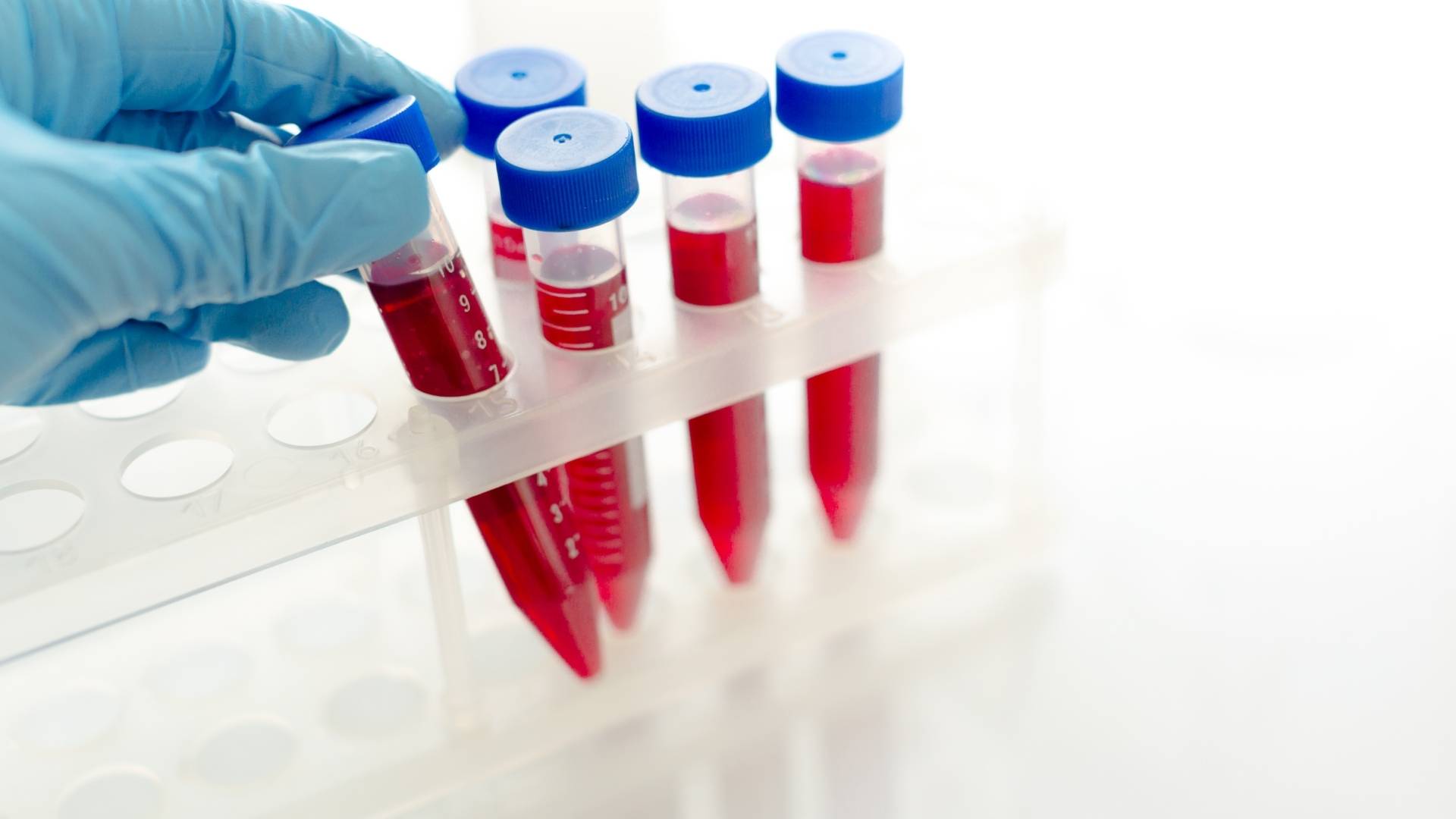You have a suspicious mole, you want to have it checked but the idea of doing a biopsy might be stressful and uncomfortable.
Skin cancer is the most common type of cancer worldwide. More cases of skin cancer are diagnosed each year than breast, prostate, lung, and colon cancer combined. Skin cancer can be easily cured with early detection and excision. Early detection is essential, especially for melanoma, which has a grim prognosis once it has metastasized.
Actually a skin biopsy is a simple procedure performed by a physician and takes only a few minutes. In general, it is quick and easy for the physician. But from the patient’s standpoint, however, undergoing a skin biopsy can be an unpleasant experience. A biopsy can be painful and leaves behind an unwanted scar. The results of the biopsy can take up to weeks, keeping the patient in a seemingly endless state of worrying, especially when melanoma is suspected. Additional time accrues as the patient schedules and waits for a follow-up visit or consultation. On occasion, a repeat biopsy may even be needed. Overall, the patient undergoes a potentially painful, prolonged process with enduring effects.
Our center now offers a new technology called confocal laser microscopy. With this technique, our Professor will quickly give you a precise and clear diagnosis. No need to go through a biopsy and wait one week for the result.
The confocal laser microscope is becoming the highlight for all studies of skin cancer and skin cancer precursors. Confocal microcopy offers imaging of the skin in vivo with cellular resolution. When used by those properly trained in confocal use, lesions can be evaluated based on characteristics such as cellular atypia, uniformity of pigment distribution, loss of keratinocyte borders, and rate of blood flow to help distinguish malignant from benign lesions. One of the unique features of CSLM is its ability to detect amelanotic melanoma because of the presence of melanosomes and rare melanin granules.
Technically it works this way: in the laser microscope, a signal is thrown into the skin and a corresponding image in the electronic laser head projected back due to the reflection and the absorption of the different structures as with an ultrasound. The computer calculates a corresponding image of the skin cells, which is optically reproduced. In contrast to an ultrasound not only the organ structure can be seen, but one can see each individual cell. The preparation of cells and the visual reproduction of images at the cellular level is the revolutionary development of the confocal laser microscope.








